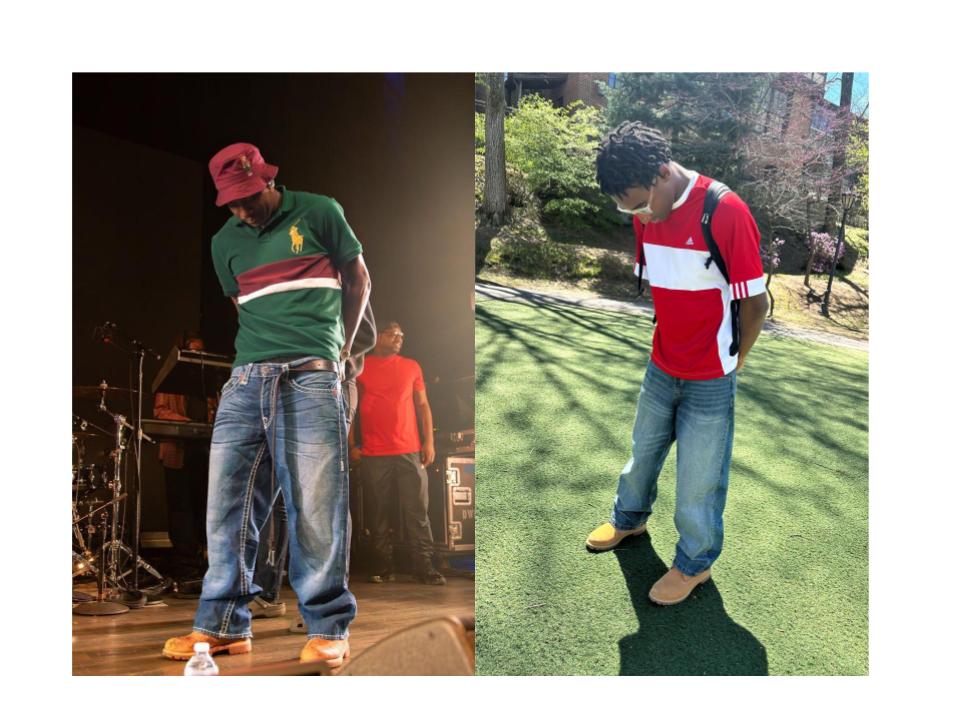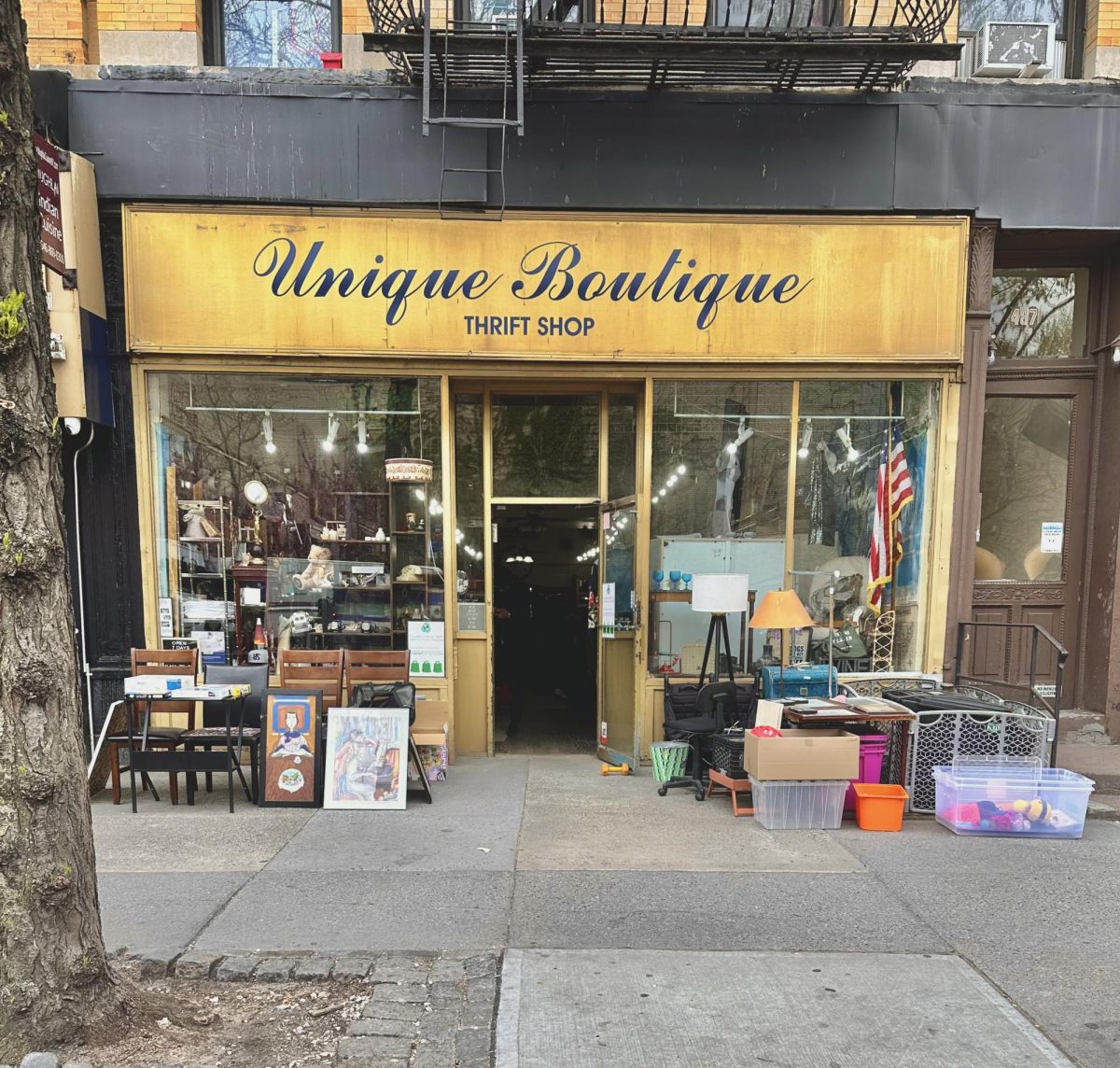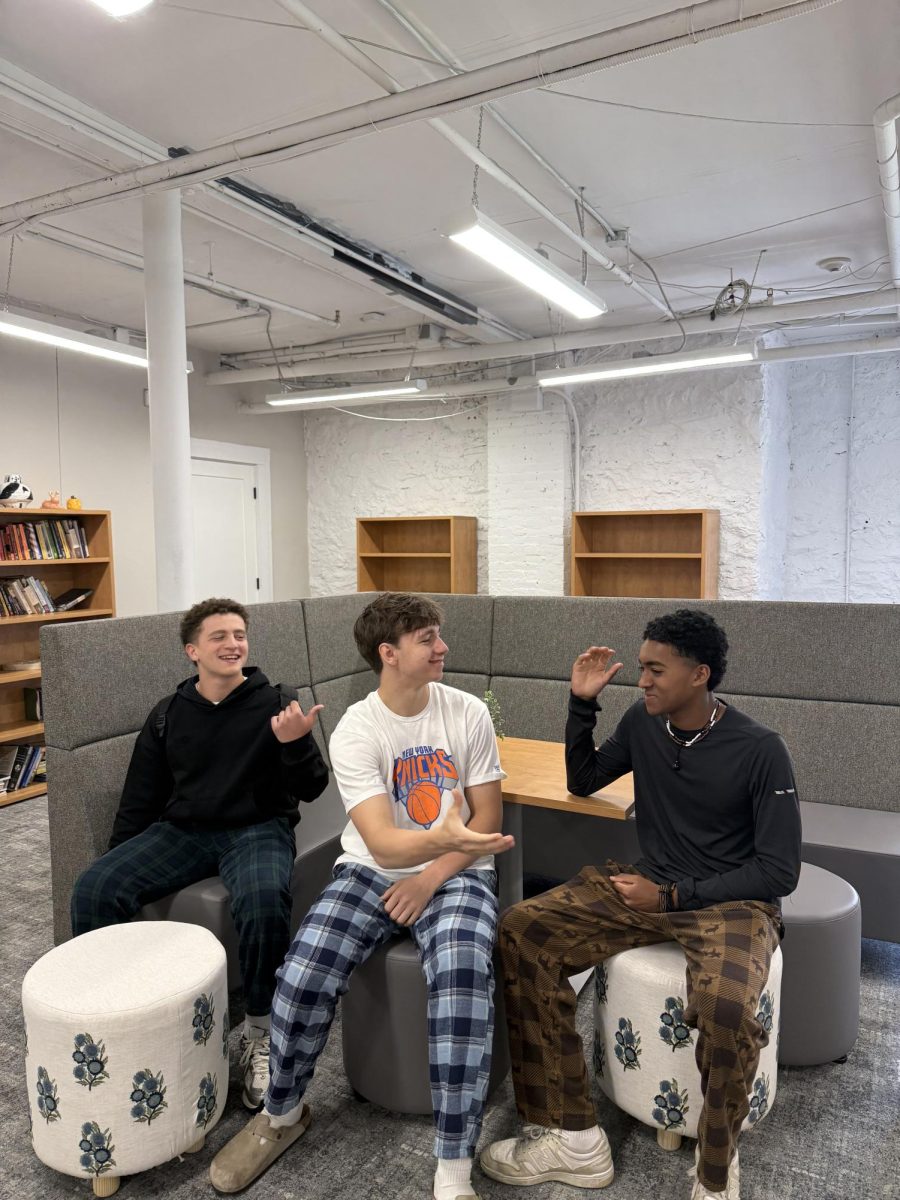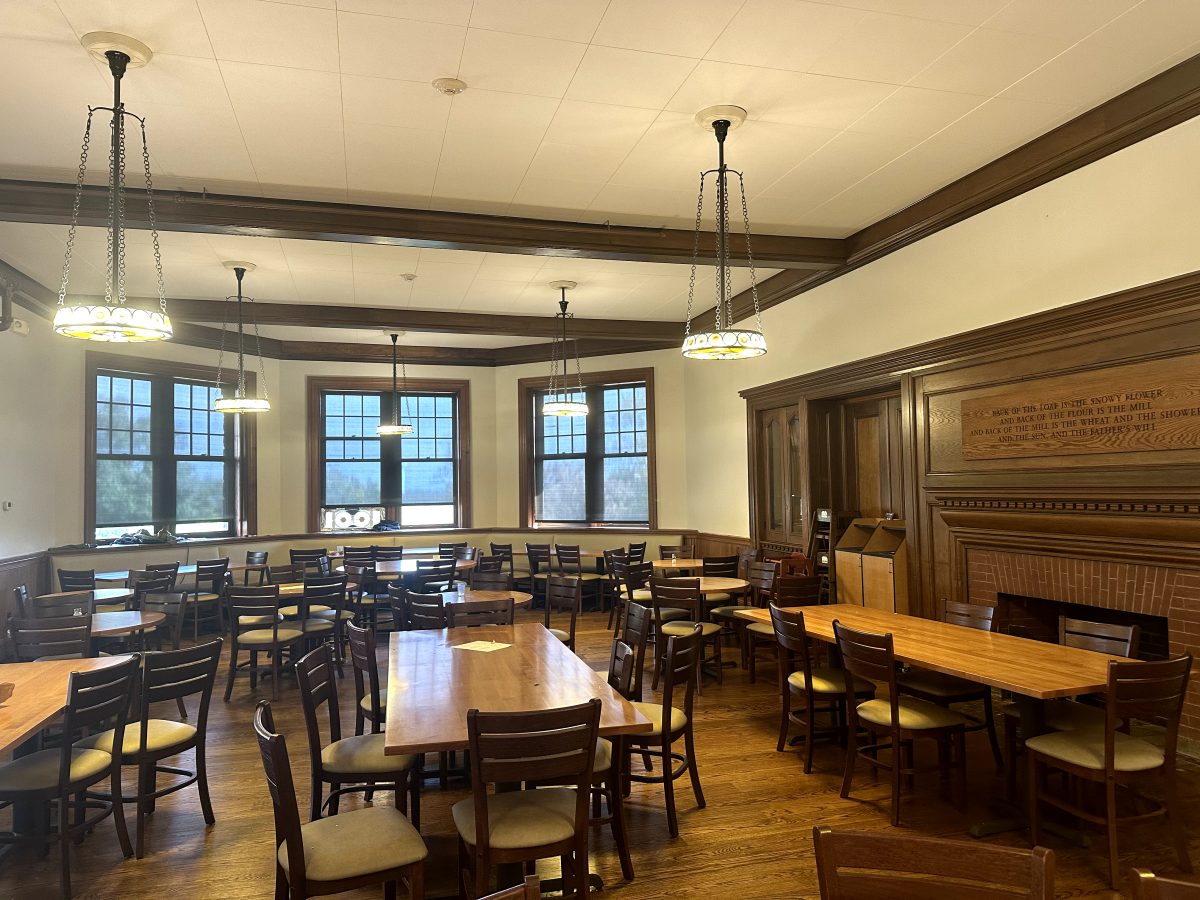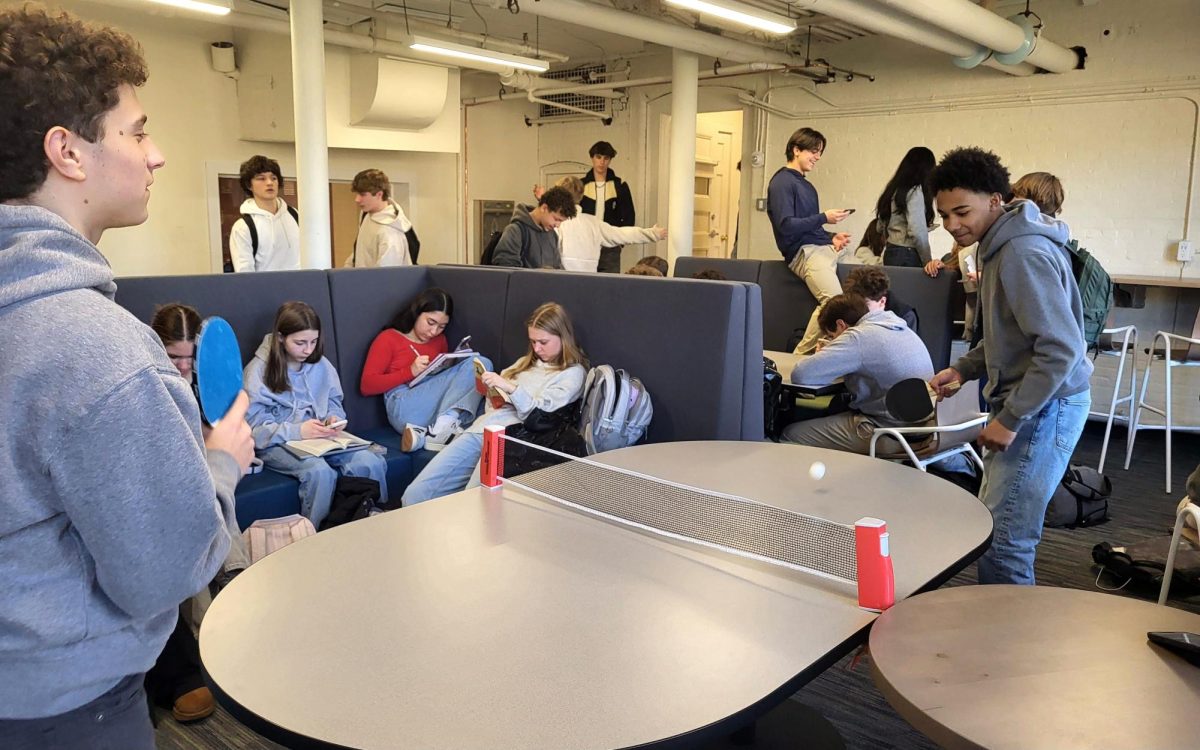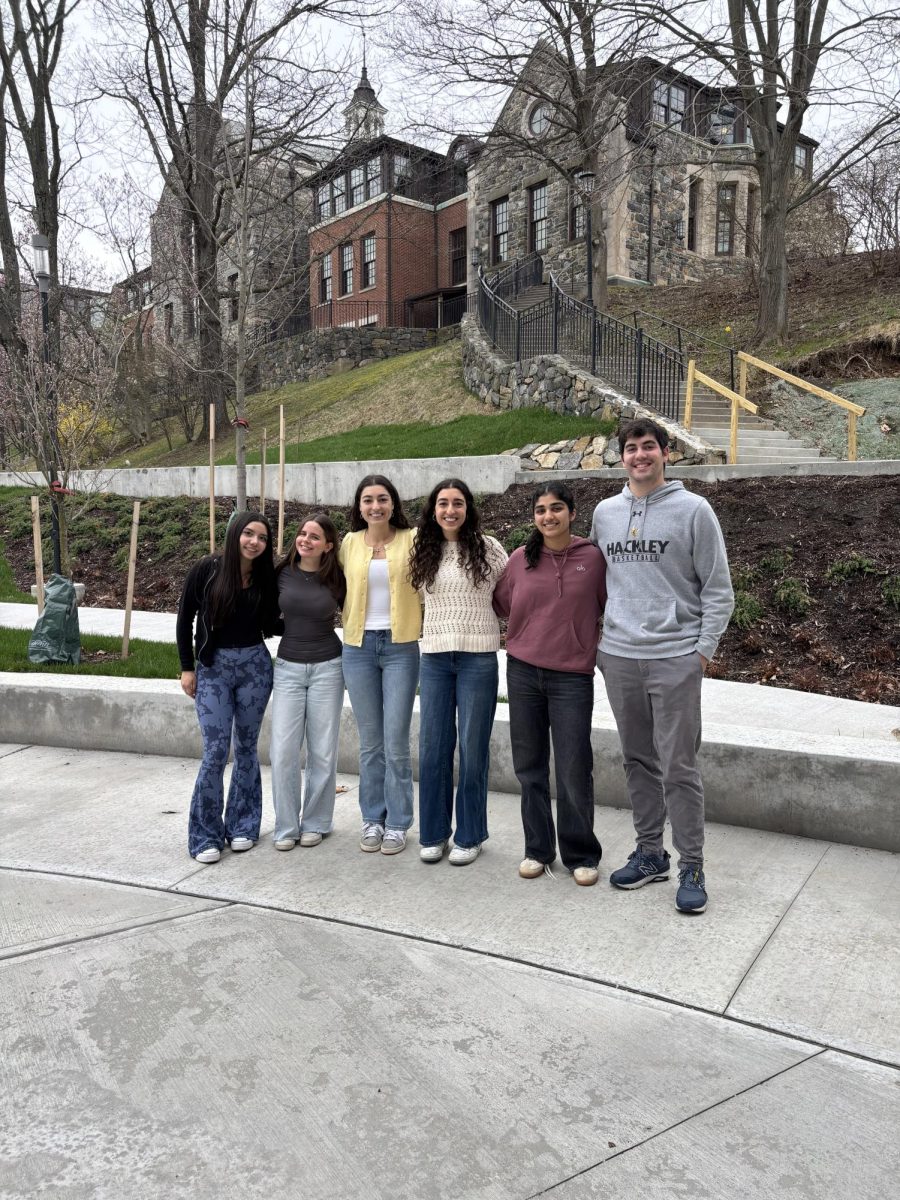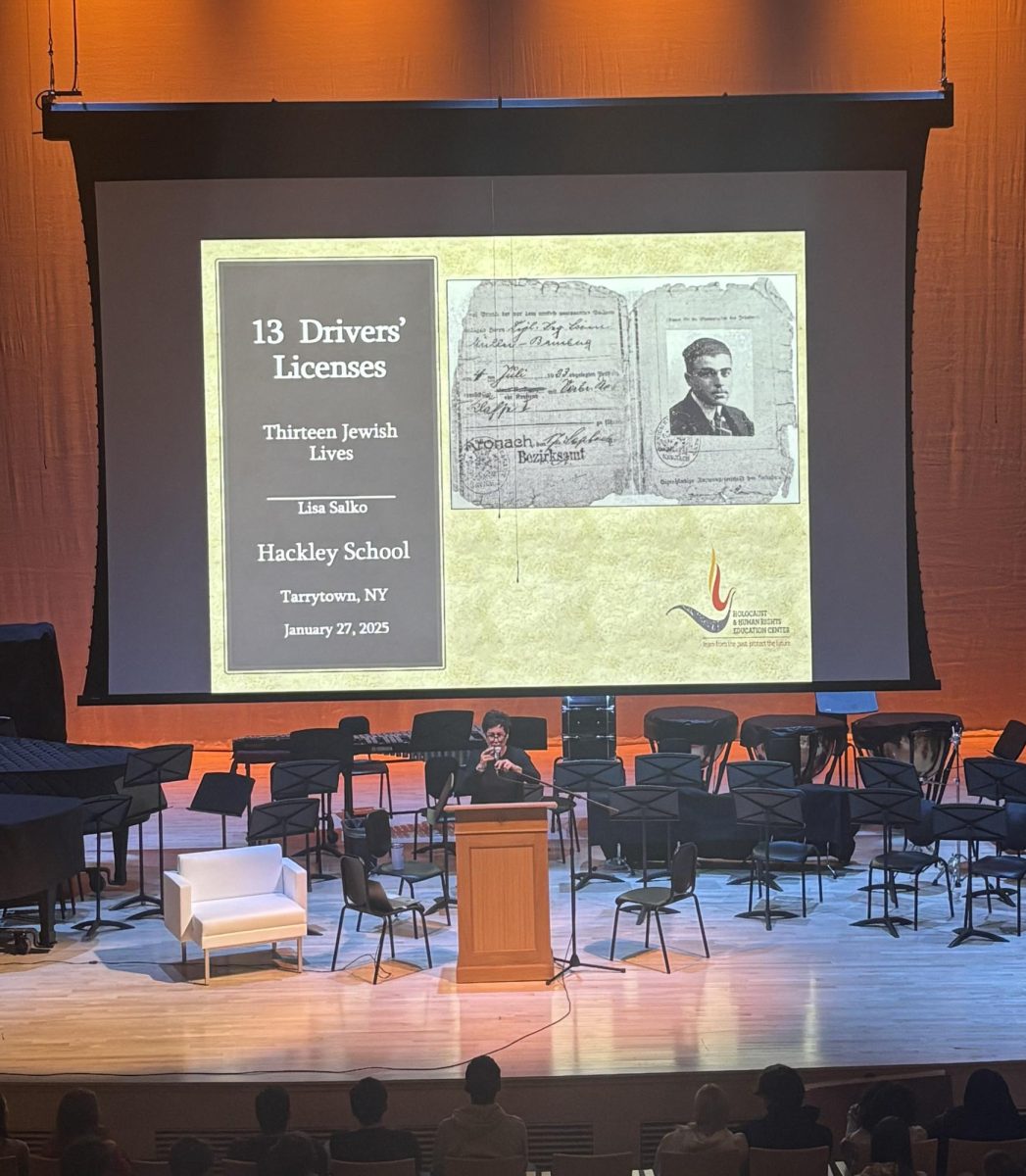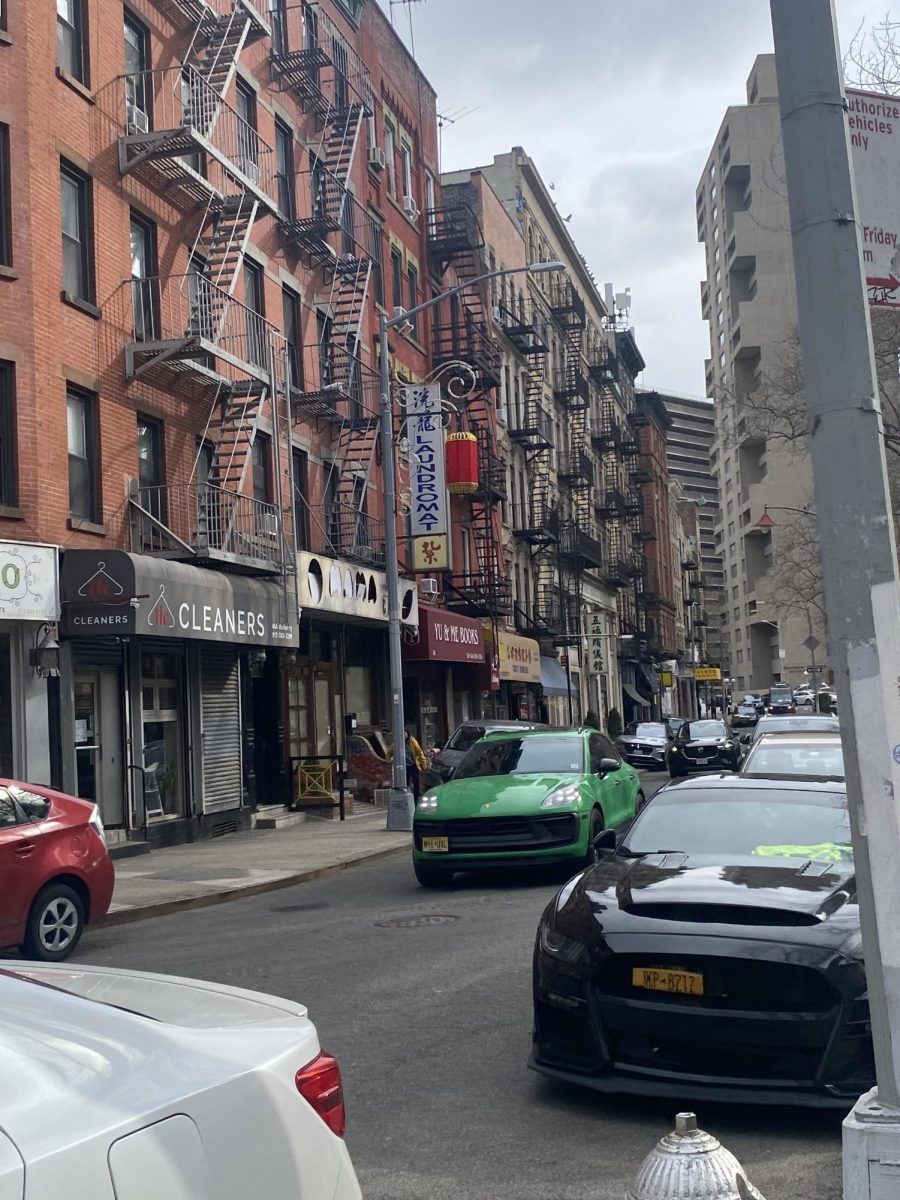Fashion at Hackley is more than just about looking good; it’s an art form that reflects individuality, creativity, and cultural influence.
The fusion of thrift culture, social media, and celebrity trends has led students to embrace unique styles that express their personalities and support sustainable fashion choices.
Through thrifting and the influence of others online, students are reshaping what it means to be fashionable, focusing on individuality and sustainability. As fashion continues to evolve, Hackley students demonstrate that style serves as a canvas for self-expression.
Hackley is filled with style, but streetwear is more than just fashion; it’s a form of artistic expression shaped by thrift culture, social media, and students’ creativity. With the rise of social media, young people have begun to take inspiration from influencers, celebrities, and online personalities, looking to improve their personal style and keep up with trends.
Hackley students are no different; many well-dressed students across campus are influenced by celebrities or online personalities.
Sophomore Auggie Teacher said he takes inspiration from Lil Yachty, known for his layered outfits. Auggie describes it as “a colorful, bright, and unconventional style.” This inspires Auggie to look for “color, a lot of color” when shopping for new clothes, primarily when thrifting.
Living in Manhattan, you can’t help but see antique stores, secondhand shops, and vintage boutiques. It seems like every side street has a 50%-off rack outside of a poster-filled store stocked with other people’s clothes.
Notable neighborhoods such as the Lower East Side have become hubs for thrifting and contain some of the city’s most popular second hand stores, such as L-Trian Vintage, Buffalo Exchange, and Rouge Vintage.
With the popularity of social media and the forever-changing trends in fashion, people often look to influencers to gain information on the newest trends. But how did the latest fashion trends start, like the rise of baggy attire, thrifting “lived-in” clothes, and the Y2K aesthetic?
The oversized and baggy trend is rooted in the hip-hop culture of the 80s and 90s, as Hammer pants and parachute pants were entering mainstream fashion. Toward the early 2000s, this trend was super-sized and spread to all corners of pop culture, including music, sports, television, and film.
Some of the most notable and inspiring musicians in the fashion world are the members of the group Wu-Tang Clan, who embraced baggy clothing and were pioneers of current fashion trends such as oversized over-the-knee jorts, Timberland boots, and Ralph Lauren outside the scope of preppy country club people. They revolutionized the narrative around fashion and the use of brands in a reinvented and reused way. This prompts people to not only clash styles but also search for unique “grails” that can’t be found in big-name stores, sparking a wave of second-hand shopping and closet hunting for old clothes that could make an outfit perfect.
Especially in Staten Island, the home of the Wu-Tang Clan, and the surrounding New York boroughs, thrifting culture boomed and sustained its popularity, rising and falling until now, when it is on the rise once again.
The popularity of thrifting has boomed not only in NYC communities but also here at Hackley. Many students rely on thrifting to find new clothes that not only look good but also match their personal style. Auggie Teacher said, “I thrift almost all my clothes.” Auggie is not the only one. The Hilltop Threads club has worked to introduce thrifting into the Hackley Community.
Hilltop Threads works on “showcasing the Flyest Fits on the Hackley Hilltop” and also promotes secondhand shopping with their Lindsey room swap and shops. In the past, they have given slideshow presentations about the environmental dangers in the use of fast fashion, informing students about water waste during the making of fast fashion clothing. If you ask any of the members of the club, they will advocate how valuable thrifting is to the environment and themselves.

